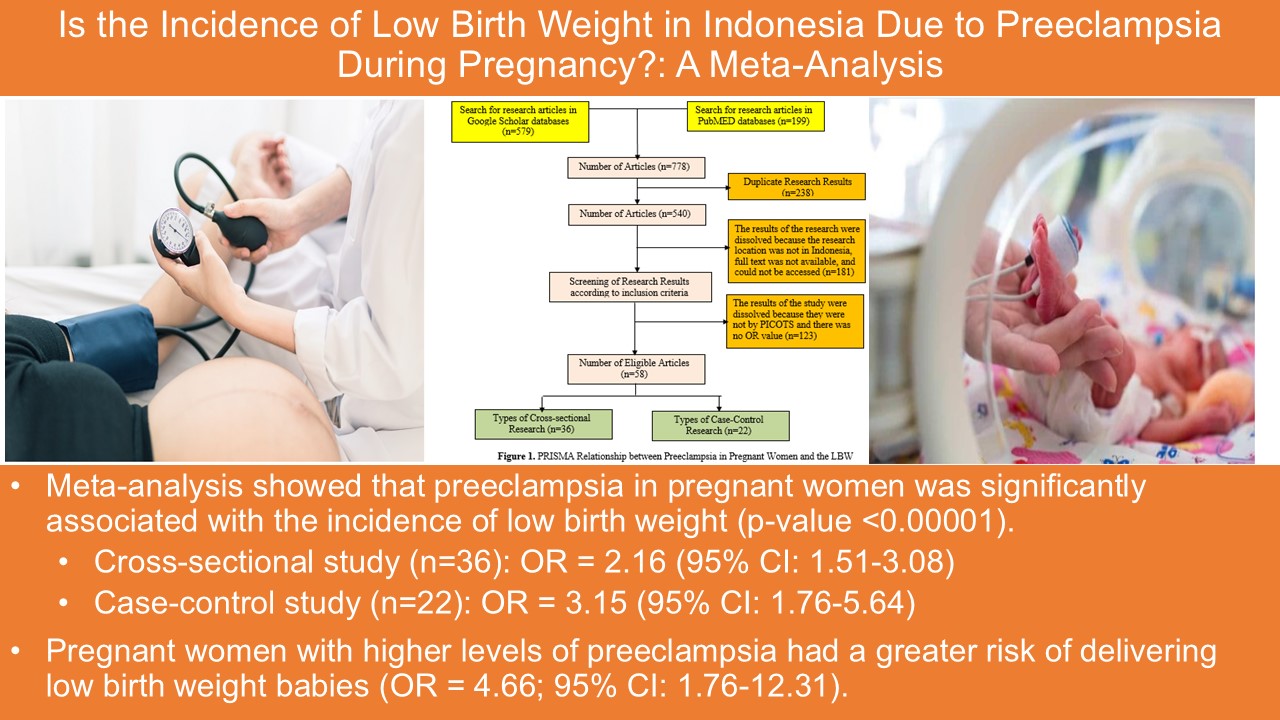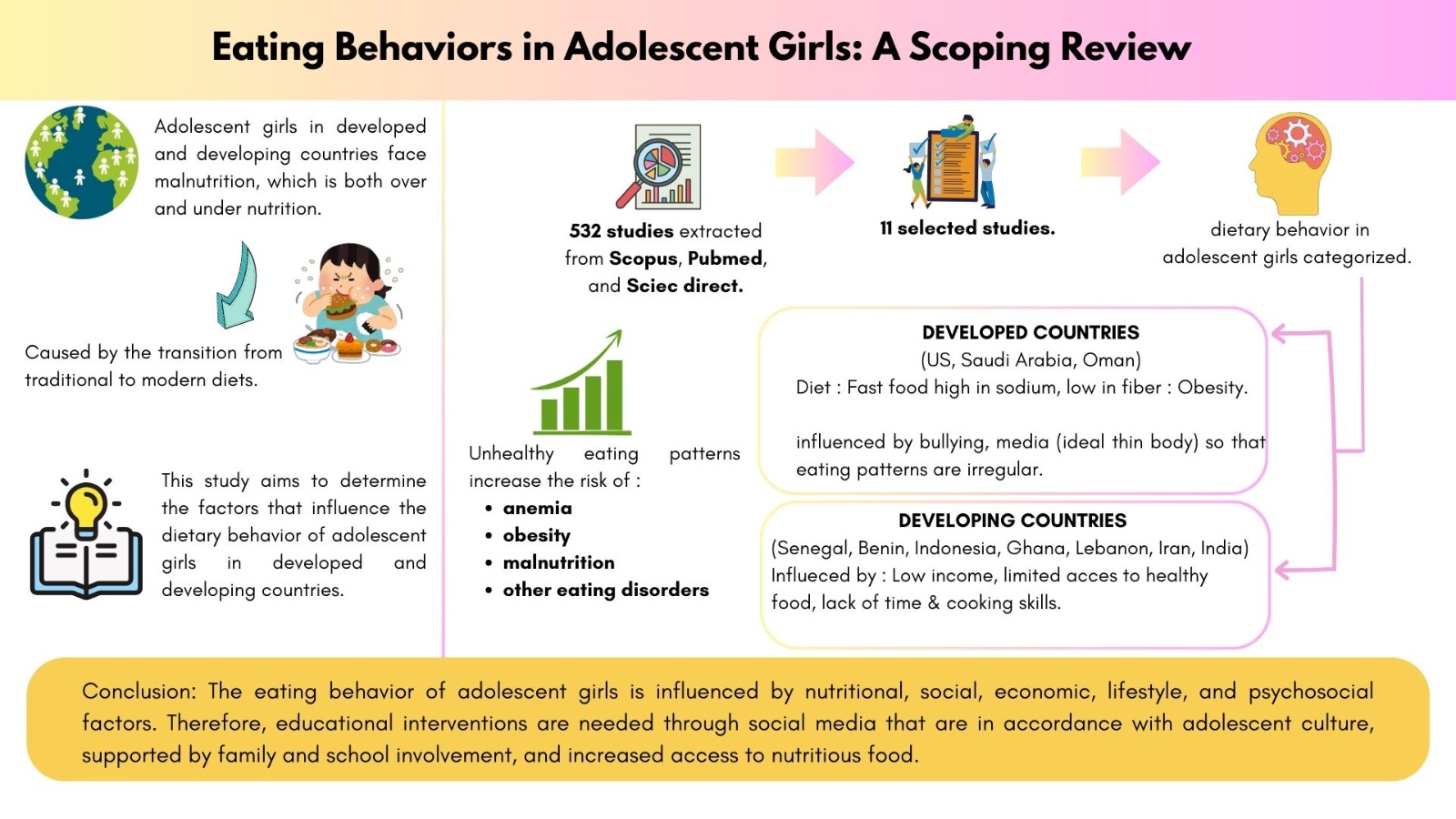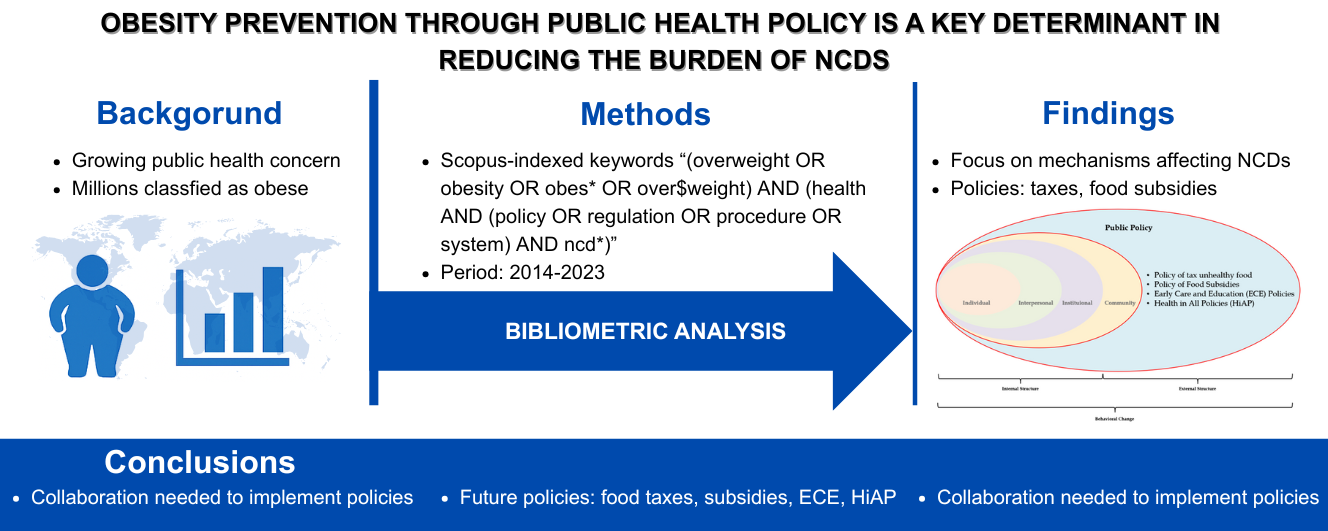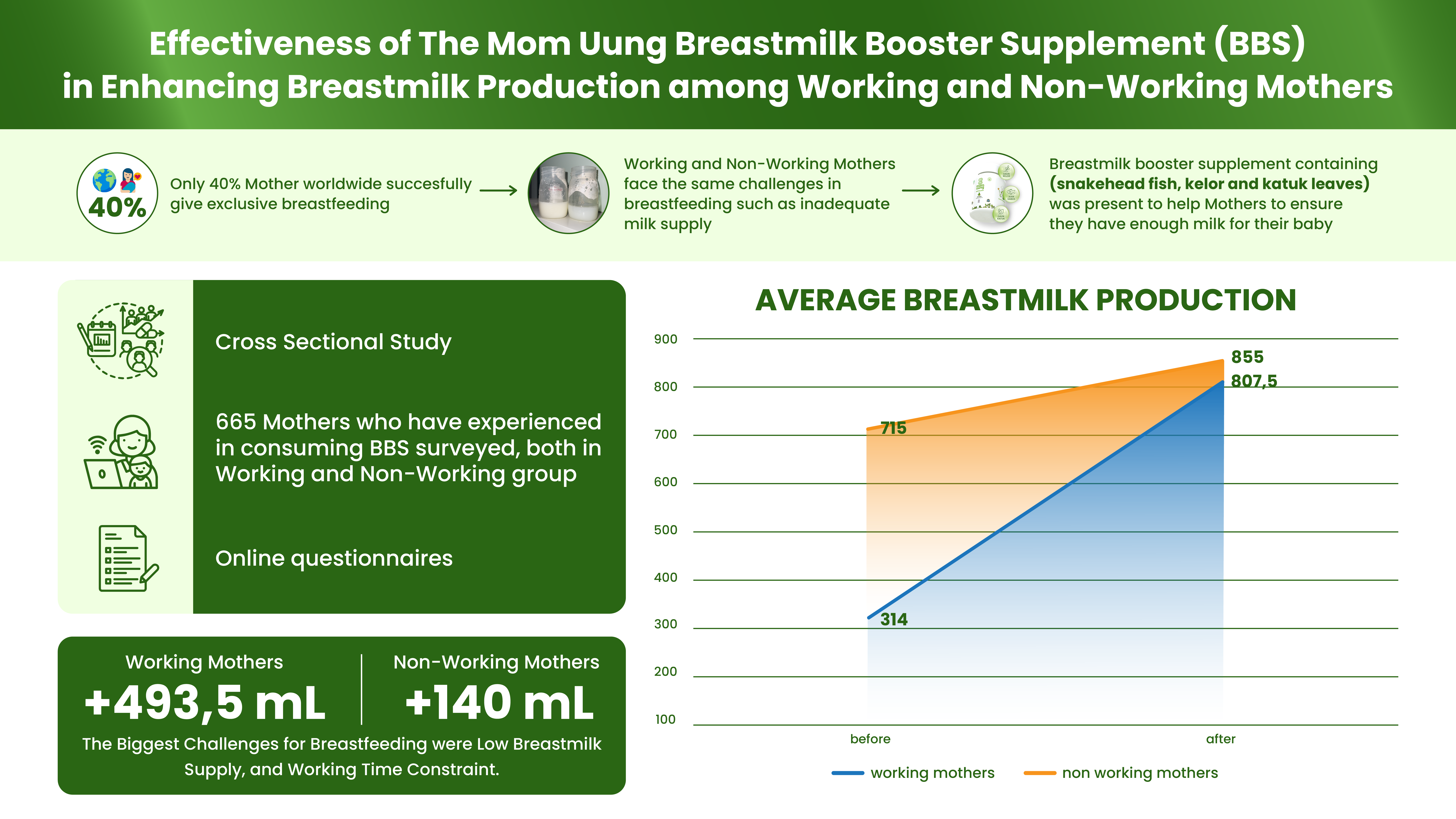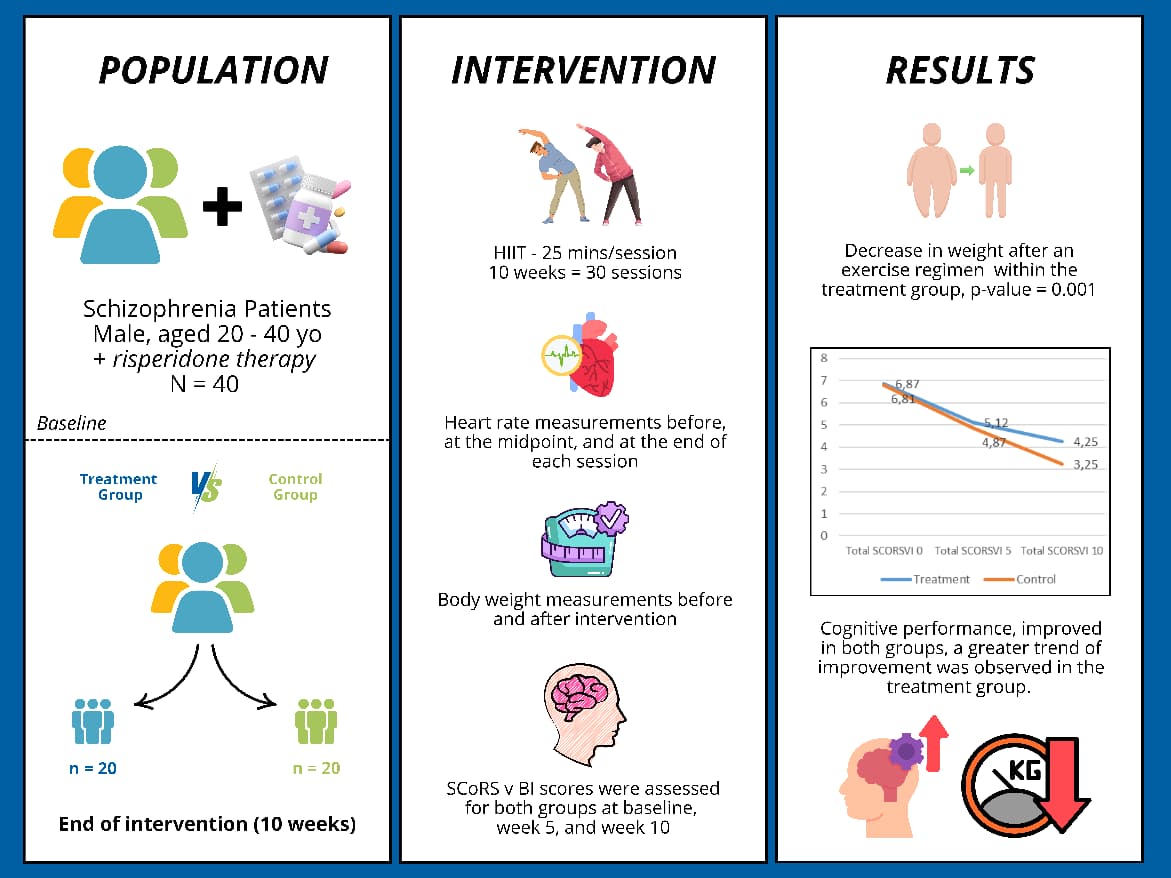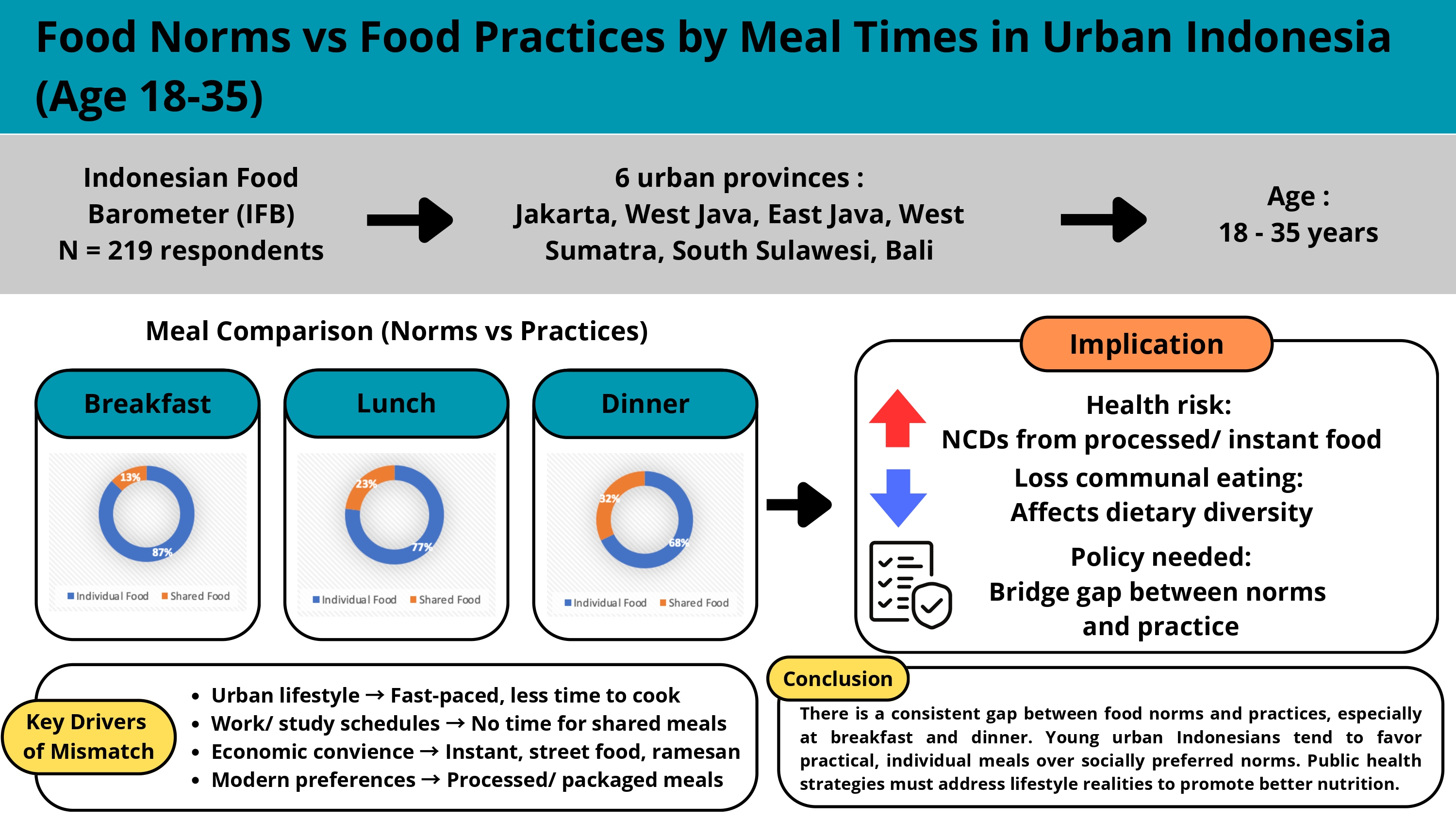Risk Factors Affecting Stunting of Toddlers in Murtajih Village, Pamekasan District
Faktor Risiko yang Mempengaruhi Kejadian Stunting pada Balita di Desa Murtajih, Kabupaten Pamekasan
Downloads
The incidence of stunting in toddlers is still high which is caused by inadequate nutritional intake in the long term. The purposed of this study is to analyze the risk factors for stunting in children under five. This research was conducted from November 24 - December 7, 2021, in Murtajih Village, Pamekasan Regency. This research design uses the case control method. Respondents as the case group in this study were mothers with toddlers aged 12 – 59 months with nutritional status in the stunting category, and respondents as control groups were mothers with toddlers of the same age with normal nutritional status. Data analysis used the Chi-square test and logistic regression. The results of the analysis showed that the risk factors for stunting in children under five were the respondents consuming the amount of blood-added tablets during pregnancy that did not meet the standard (OR= 11; 95% CI= 1.998–60.572), birth length (OR= 4; 95% CI= 0.983–16.271), breastfeeding status (OR = 7.364; 95% CI= 1.337 – 40.548), basic immunization status (OR= 6; 95% CI= 1.082–33.274), history of diarrheal disease (OR= 0.074; 95% CI = 0.013 – 0.411), and a history of ARI (OR= 0.095; 95% CI= 0.021 – 0.440). It can be concluded that the consumption of Iron and Folic Acid (IFA) tablet does not match the standard and is the most dominant risk factor for stunting in children under five. Meanwhile, toddlers who do not have a history of diarrhea and ARI can prevent the risk of stunting in toddlers.
Badan Penelitian dan Pengembangan Kesehatan. (2018). Laporan Hasil Riset Kesehatan Dasar Indonesia Tahun 2018. Departemen Kesehatan RI.
De Onis, M., & Branca, F. (2016). Childhood stunting: A global perspective. Maternal & child nutrition, 12, 12–26.
Indriyati, L., Hairani, B., & Fakhrizal, D. (2020). Gambaran Kasus Stunting Pada 10 Desa Di Kabupaten Tanah Bumbu Tahun 2018. Jurnal Kebijakan Pembangunan, 15(1), 77–90.
Kusparlina, E. P. (2016). Hubungan antara umur dan status gizi ibu berdasarkan ukuran lingkar lengan atas dengan jenis BBLR. Jurnal Penelitian Kesehatan" SUARA FORIKES"(Journal of Health Research" Forikes Voice"), 7(1).
Lestari, W., Margawati, A., & Rahfiludin, Z. (2014). Faktor risiko stunting pada anak umur 6-24 bulan di kecamatan Penanggalan kota Subulussalam provinsi Aceh. Jurnal Gizi Indonesia (The Indonesian Journal of Nutrition), 3(1), 37–45.
Mentari, S., & Hermansyah, A. (2019). Faktor-faktor yang berhubungan dengan status stunting anak usia 24-59 bulan di wilayah kerja UPK puskesmas Siantan Hulu. Pontianak Nutrition Journal (PNJ), 1(1), 1–5.
Ni'mah, K., & Nadhiroh, S. R. (2015). Faktor yang berhubungan dengan kejadian stunting pada balita. Media Gizi Indonesia, 10(1), 13–19.
Prendergast, A. J., & Humphrey, J. H. (2014). The stunting syndrome in developing countries. Paediatrics and international child health, 34(4), 250–265.
Rahayu, E. P., & Sholehawati, S. (2021). FAKTOR YANG BERHUBUNGAN DENGAN KEJADIAN STUNTING DIWILAYAH KERJA UPTD PUSKESMAS KAMPAR KABUPATEN KAMPAR. Jurnal Kesehatan Komunitas, 7(2), 234–240.
Sutarto, S. T. T., Mayasari, D., & Indriyani, R. (2018). Stunting, Faktor ResikodanPencegahannya. AGROMEDICINE UNILA, 5(1), 540–545.
Tauhidah, N. I. (2020). Faktor-Faktor Yang Berhubungan Dengan Kejadian Stunting Pada Balita Di Wilayah Kerja Puskesmas Tatah Makmur Kabupaten Banjar. Journal of Midwifery and Reproduction, 4(1), 13–20.
Tim Nasional, P. P. K. (2017). 100 kabupaten/kota prioritas untuk intervensi anak kerdil (stunting). Jakarta: Tim Nasional Percepatan Penanggulangan Kemiskinan.
Warsini, K. T., Hadi, H., & Nurdiati, D. S. (2016). Riwayat KEK dan anemia pada ibu hamil tidak berhubungan dengan kejadian stunting pada anak usia 6-23 bulan di Kecamatan Sedayu, Bantul, Yogyakarta. Jurnal Gizi dan Dietetik Indonesia (Indonesian Journal of Nutrition and Dietetics), 4(1), 29–40.

This work is licensed under a Creative Commons Attribution-NonCommercial-ShareAlike 4.0 International License.
- MEDIA GIZI INDONESIA Journal is the copyright owner of all materials published on this website.
- The formal legal provisions for access to digital articles of this electronic journal are subject to the terms of the Creative Commons Attribution-NonCommercial-ShareAlike license (CC BY-NC-SA 4.0), which means that MEDIA GIZI INDONESIA Journal and readers reserve the right to save, transmit media / format, manage in database, maintain, and publish articles as long as it continues to include the name of the Author.
- Printed and published print and electronic manuscripts are open access for educational, research and library purposes. In addition to these objectives, the editorial board shall not be liable for violations of copyright law.


2.png)















